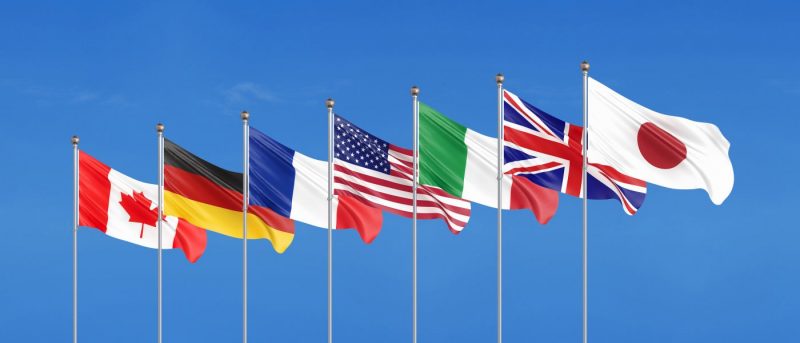
The Group of Seven (G7) nations and the European Union are exploring rare earth price floors to challenge China’s dominance in global supply chains. China currently controls over 90% of rare earth processing capacity, forcing G7 countries to depend heavily on Chinese sources. This reliance creates strategic vulnerabilities for industries reliant on rare earths, including electric vehicles (EVs), wind turbines, and defense technologies.
G7 Considers Rare Earth Price Floors and Investment Controls
The rare earth price floor proposal aims to boost domestic production incentives across G7 nations and the EU. These critical minerals, essential for cell phones, EV batteries, and permanent magnets, are costly and complex to extract. G7 leaders recently discussed tightening regulations on foreign investments to prevent critical materials companies from relocating to China. Meanwhile, geographical sourcing restrictions surfaced as another option, though consensus remains uncertain.
Tariffs and Carbon Taxes as Additional Measures
Alongside price floors, the G7 deliberated imposing tariffs or carbon taxes on Chinese rare earth exports. These taxes would target the share of non-renewable energy used in production, encouraging greener supply chains. This initiative follows China’s previous export controls during trade tensions, which disrupted global supplies and raised alarms in Western markets. Despite increased exports after tensions eased, European industries still face supply security concerns.
SuperMetalPrice Commentary:
The G7’s rare earth price floor discussion reflects an urgent strategic shift to diversify supply chains away from China. While establishing price floors and tariffs could strengthen Western producers, these measures require careful calibration to avoid market distortions. The growing demand for battery materials and permanent magnets in EVs and renewable energy amplifies the need for reliable, ethical supply sources. Industry stakeholders should monitor policy developments closely as these initiatives could reshape global commodity pricing and mining investments.


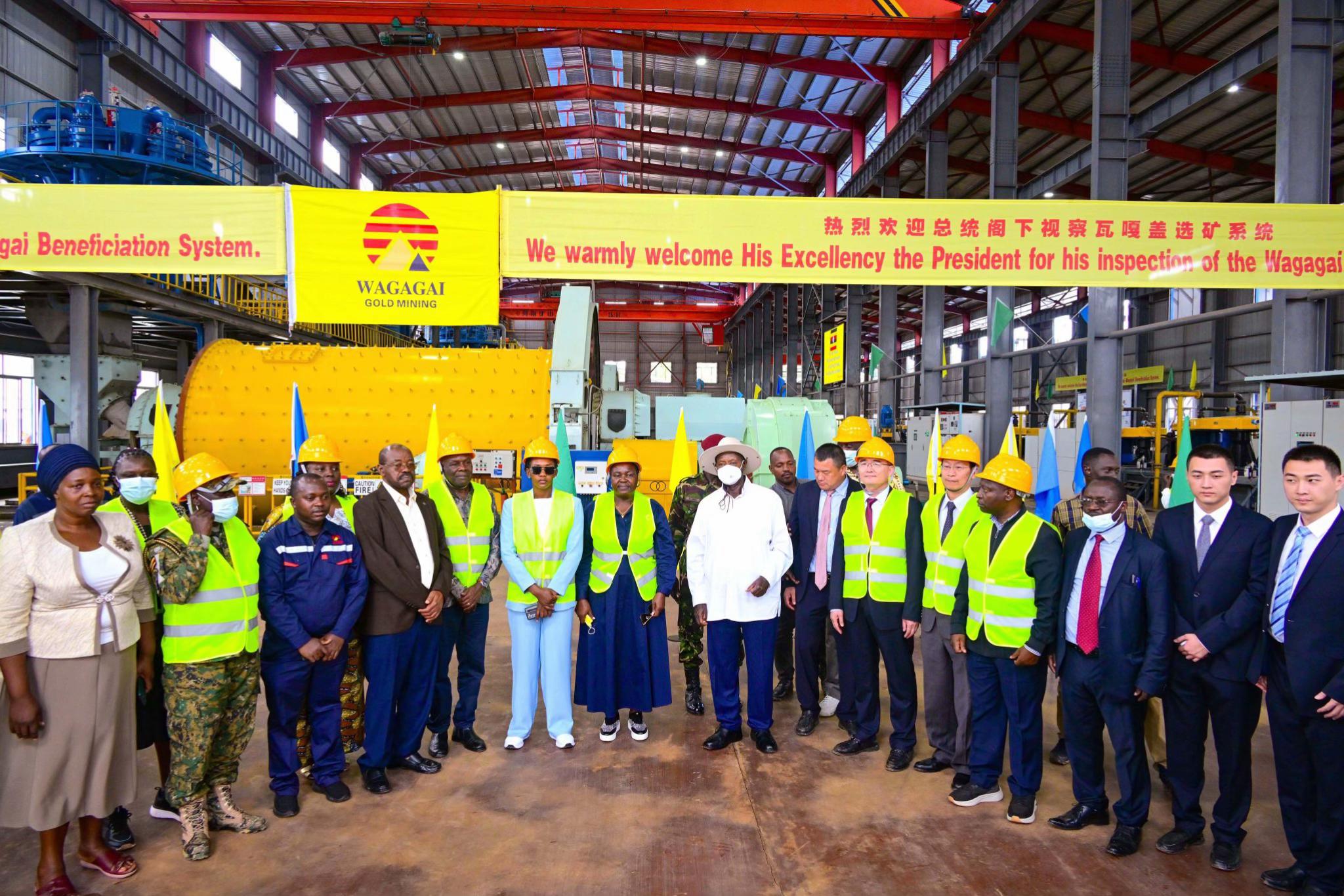


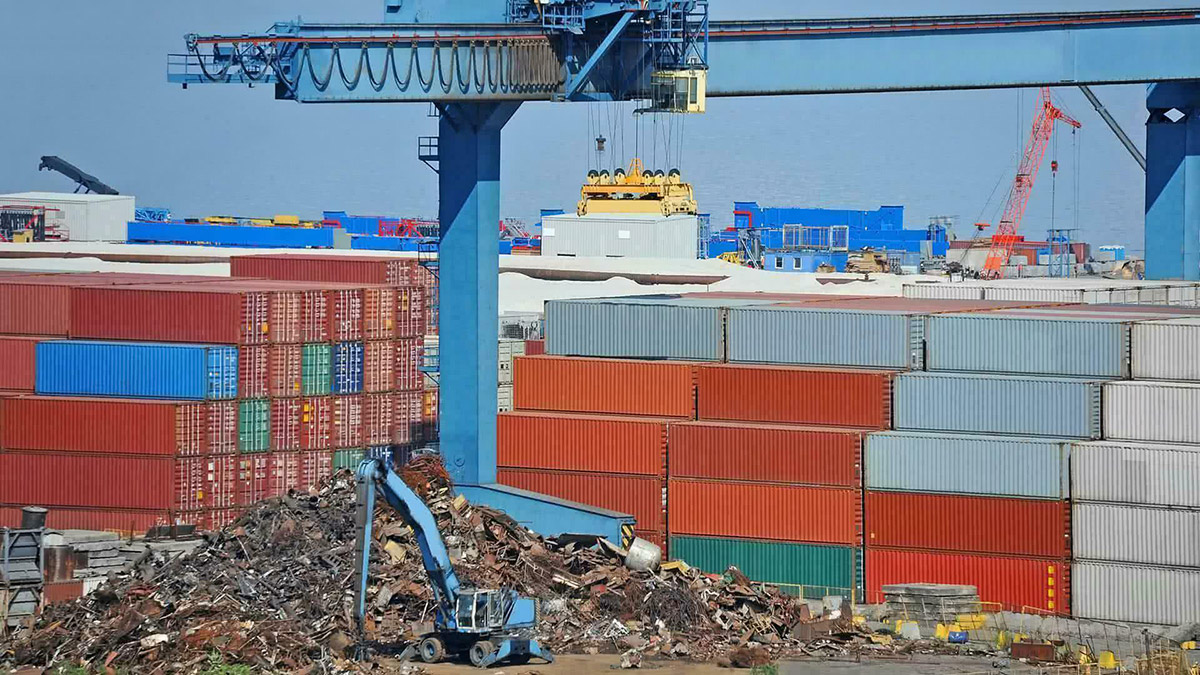

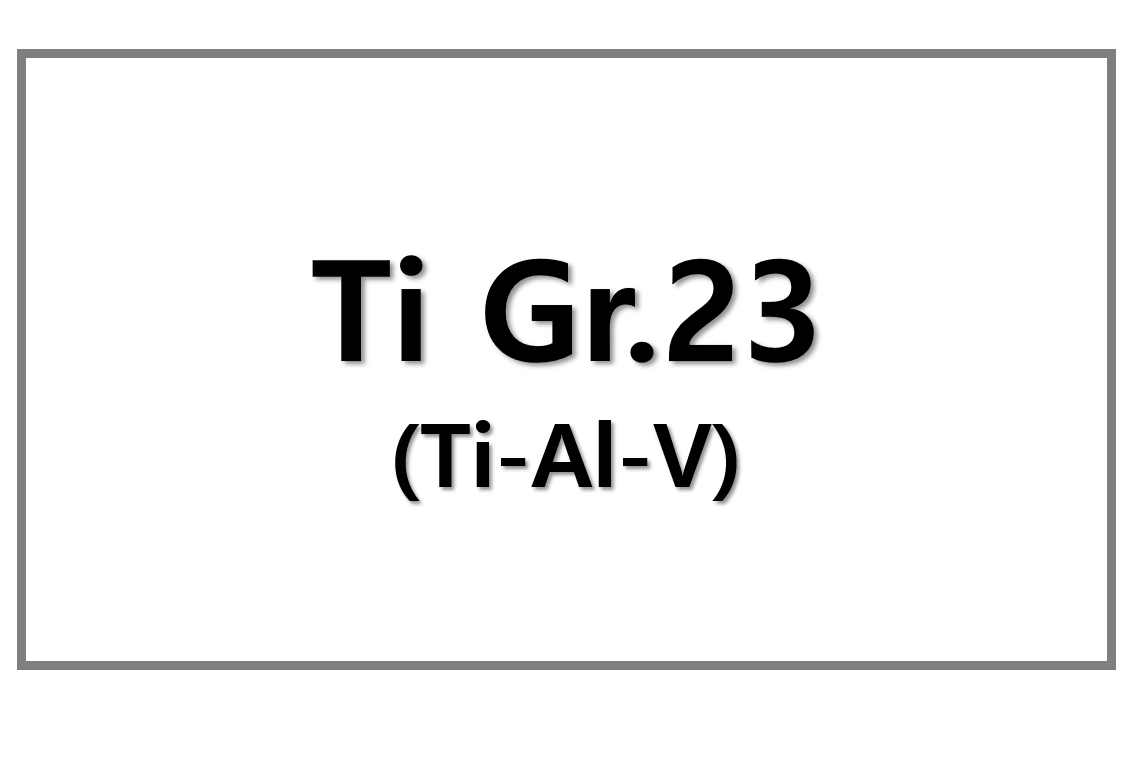
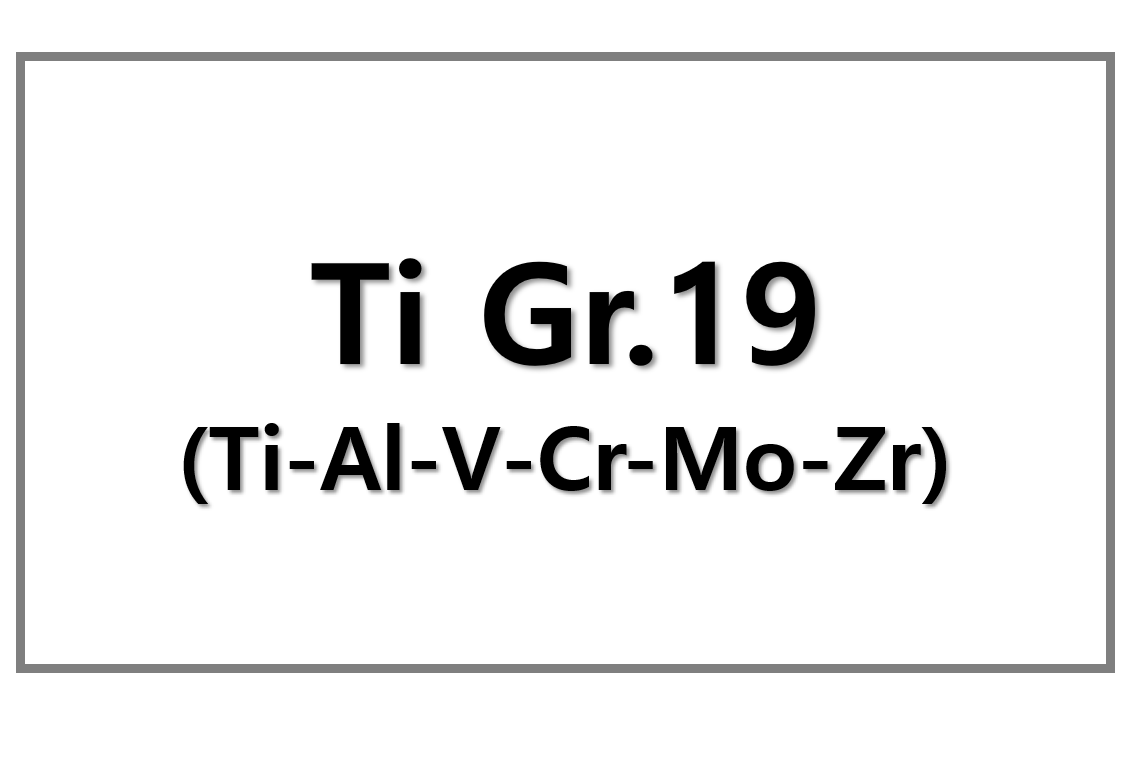
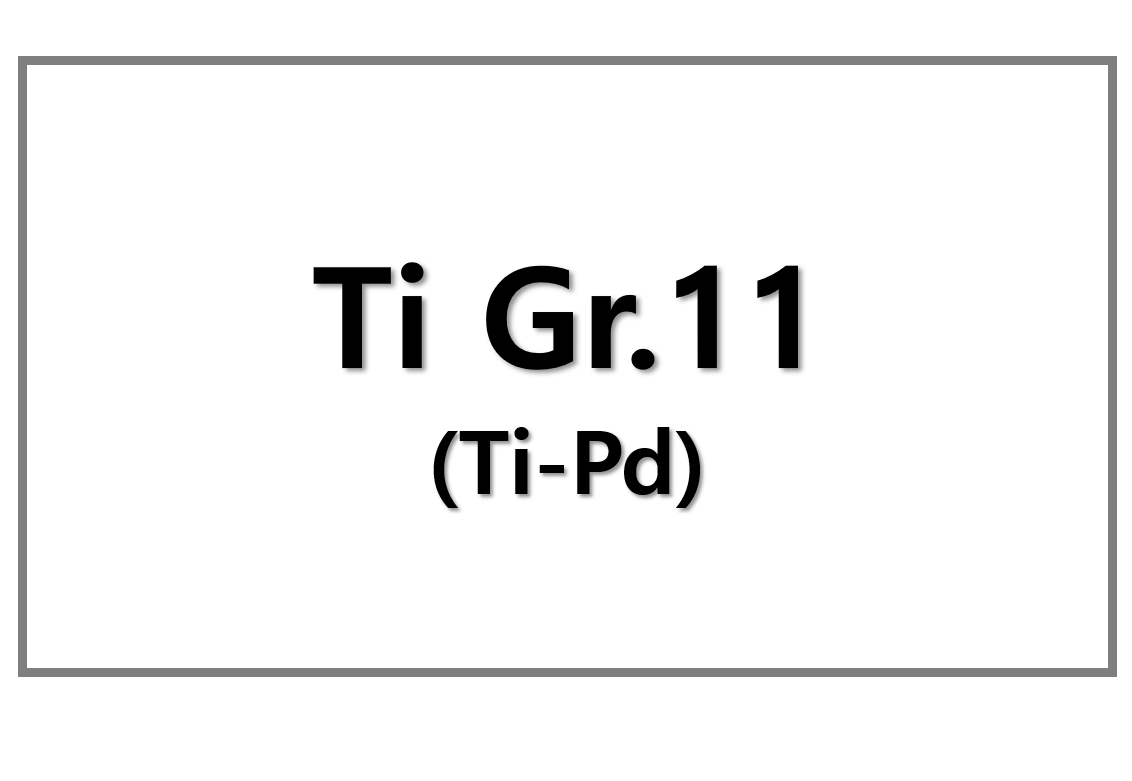
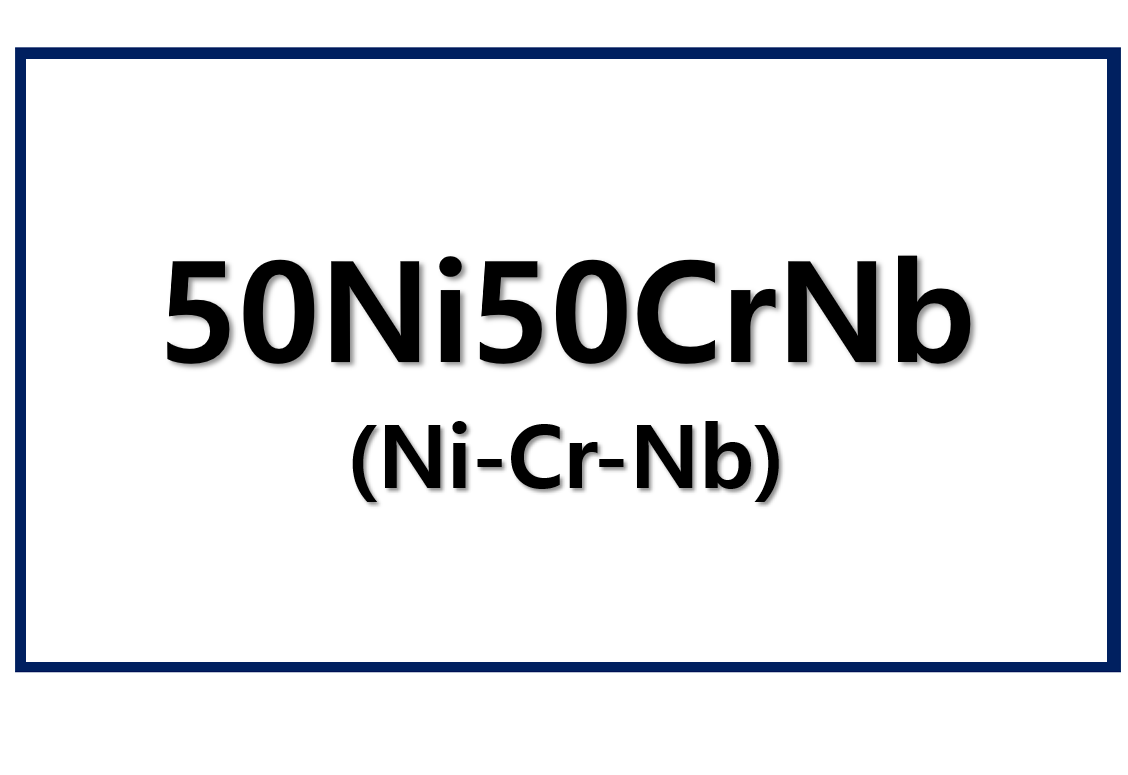
Leave a Reply
You must be logged in to post a comment.